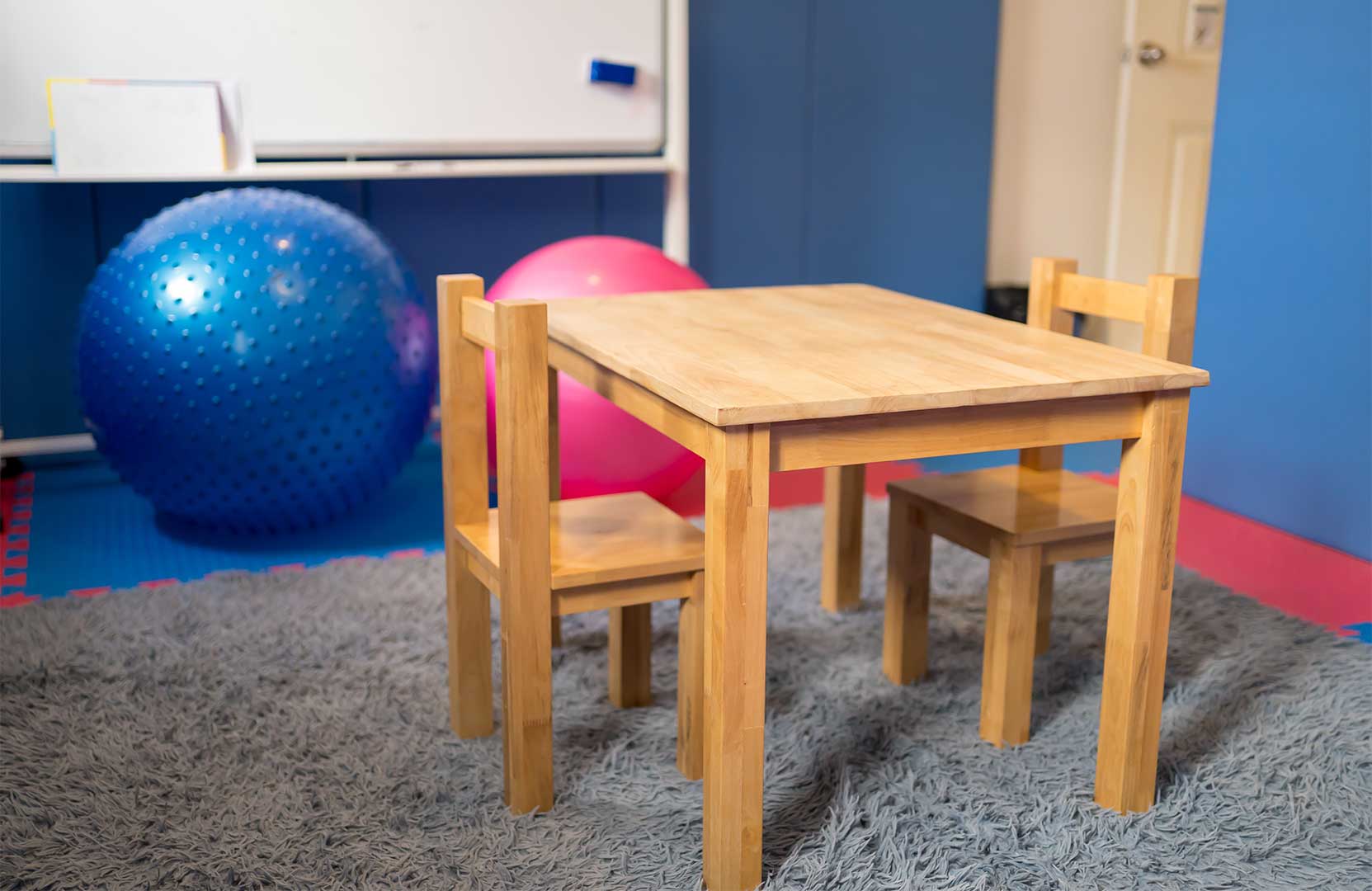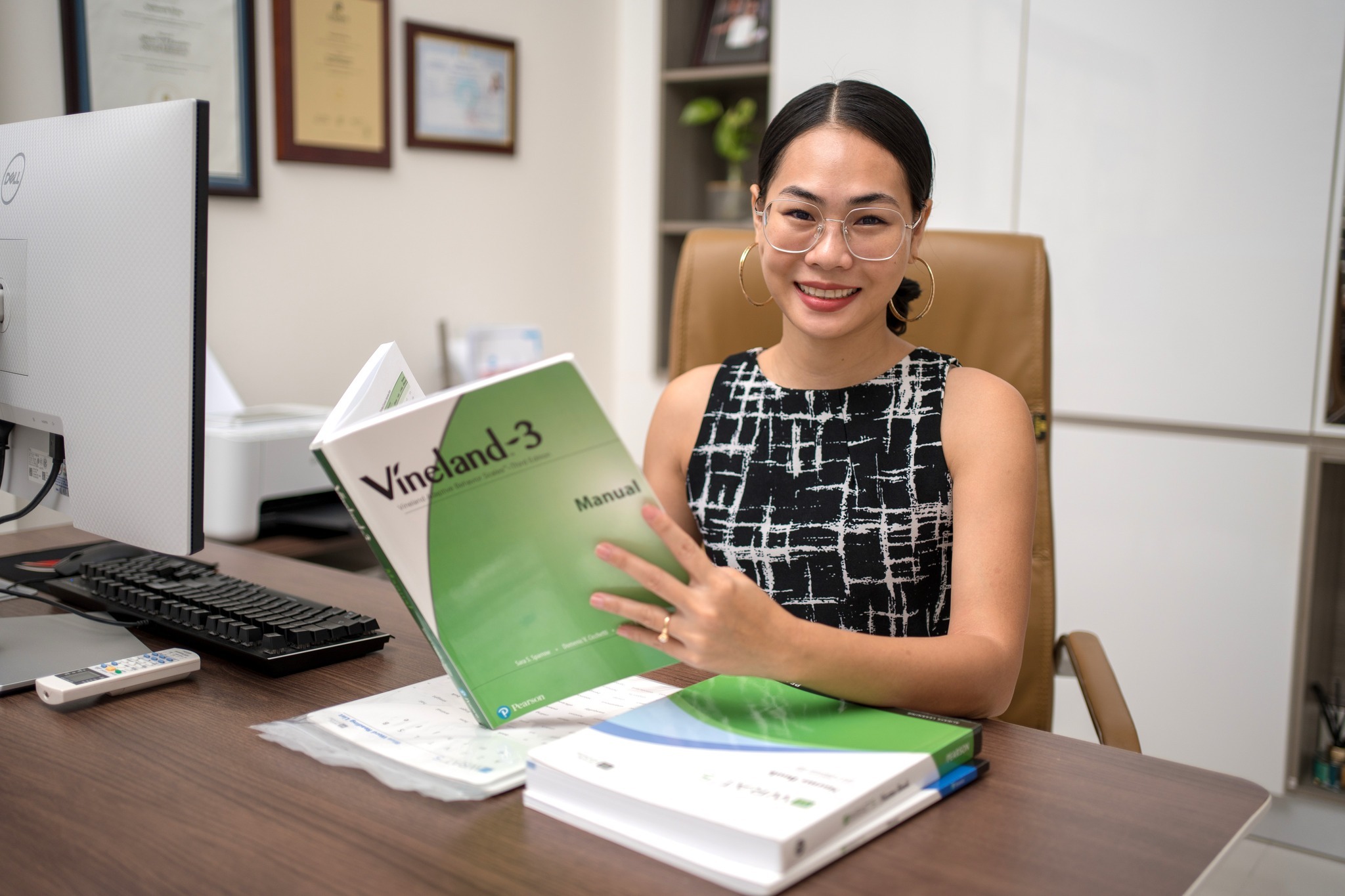Inclusive education is a teaching approach that welcomes and supports all learners, regardless of their background, ability, or disability. It is about creating a classroom environment where everyone feels safe, respected, and valued. Inclusive education benefits all students, as it provides them with the opportunity to learn from and with each other.
What are the benefits of inclusive education?
There are many benefits to inclusive education, including:
- Improved academic achievement: Students with disabilities who are educated in inclusive classrooms tend to perform better academically than those who are educated in separate classrooms.
- Increased social and emotional development: Inclusive classrooms provide students with opportunities to develop important social and emotional skills, such as empathy, cooperation, and problem-solving.
- Reduced stigma and discrimination: When students with disabilities are included in regular classrooms, it helps to reduce stigma and discrimination against them.
- A more just and equitable society: Inclusive education is essential for creating a more just and equitable society. It ensures that all students have the opportunity to reach their full potential.
How to create an inclusive classroom:
There are many things that teachers can do to create an inclusive classroom. Here are a few tips:
- Get to know your students: Take the time to get to know each of your students individually. What are their interests? What are their strengths and weaknesses? What are their learning styles?
- Create a welcoming and supportive environment: Make sure that your classroom is a place where all students feel safe and respected. This includes using inclusive language and avoiding stereotypes.
- Use differentiated instruction: Differentiated instruction is a teaching approach that tailors instruction to meet the individual needs of all students. This may involve using different materials, providing different levels of support, or offering different choices.
- Use Universal Design for Learning (UDL): UDL is a framework for designing learning experiences that are accessible to all learners. It involves providing multiple means of representation, engagement, and assessment.
Here are some specific examples of how to implement inclusive education in the classroom:
- Provide students with a variety of seating options. Some students may need to sit at a table or desk, while others may prefer to sit on the floor or in a beanbag chair.
- Offer students a variety of ways to participate in class. Some students may prefer to raise their hands to answer questions, while others may prefer to write down their answers or speak to a partner.
- Use visual aids and other supports to help students learn. Some students may need to see or hear information in a certain way in order to understand it.
- Provide students with breaks and extra time when needed. Some students may need to take breaks more often than others, or they may need extra time to complete assignments.
- Work with parents and other professionals to develop Individualized Education Plans (IEPs) for students with disabilities. IEPs are documents that outline the specific accommodations and modifications that students need to succeed in school.
Inclusive education is essential for creating a classroom where all students can thrive. By implementing the strategies outlined in this blog post, teachers can create a more inclusive and equitable learning environment for all students.





Leave A Comment